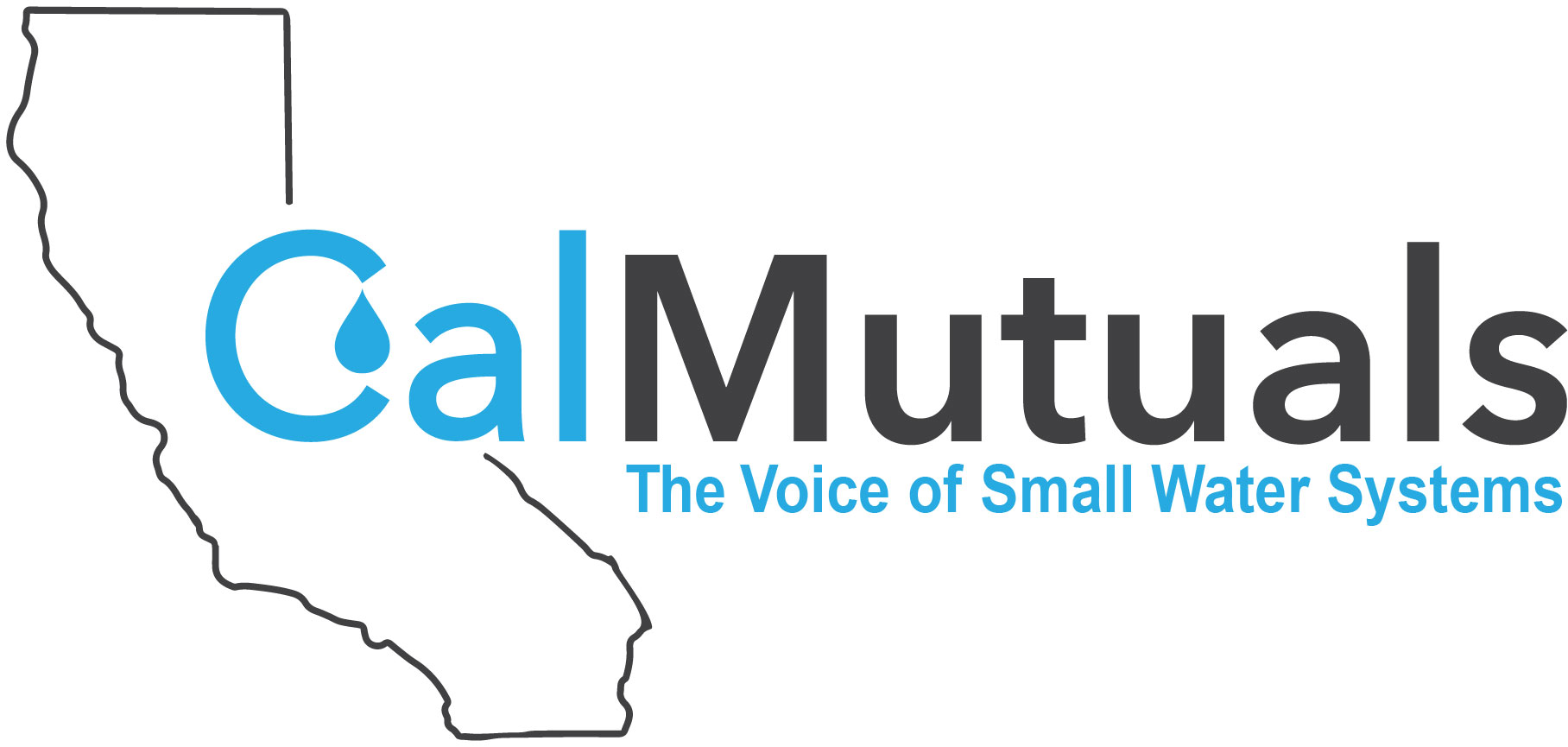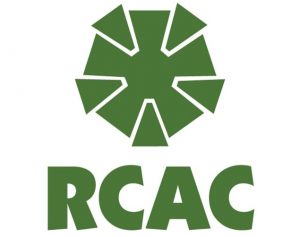Webinar | Conventional Water Treatment, Best Practices & Issues
Webinar OnlyDescription: This webinar will look at the operation of the most common types of water treatment plants. It will compare and contrast a direct filtration plant with a conventional plant. The session will also look at choices, issues and options when considering moving to membrane technology. The webinar will look at basic regulations, operations and best practices. Finally, it will look at limiting disinfection byproducts and creating water that is suitable to go into the distribution system. This webinar is 12:00 pm - 4:00 pm on March 30 and March 31. Earn up to 8 contact hours. Instructor: Henry Palechek


